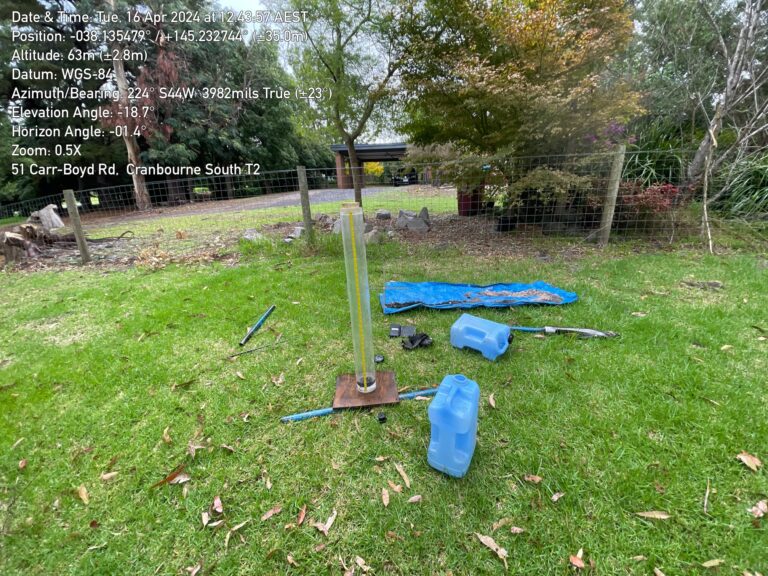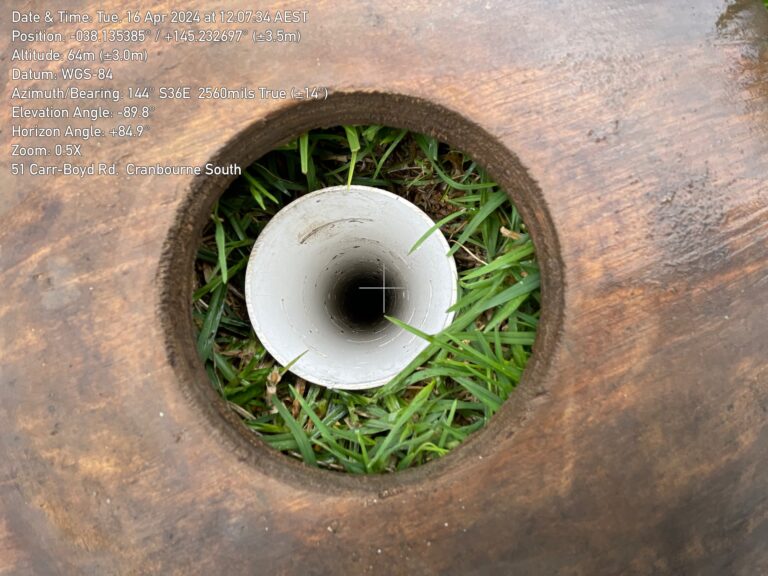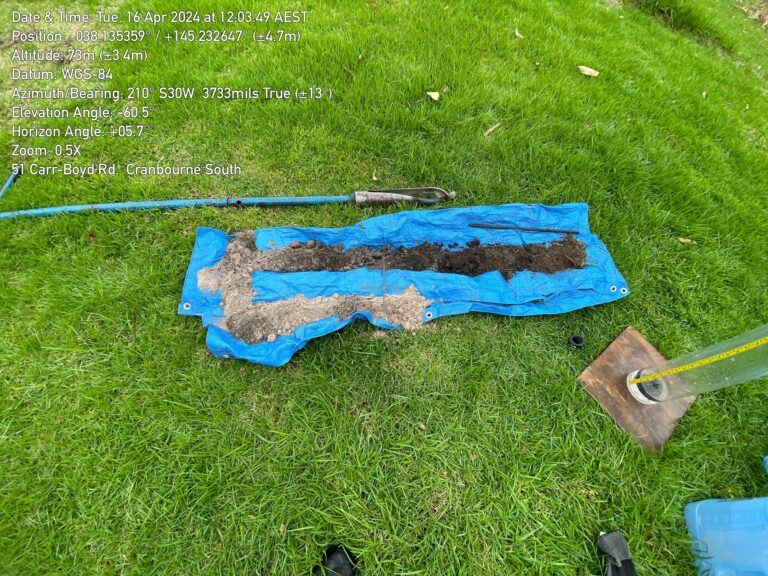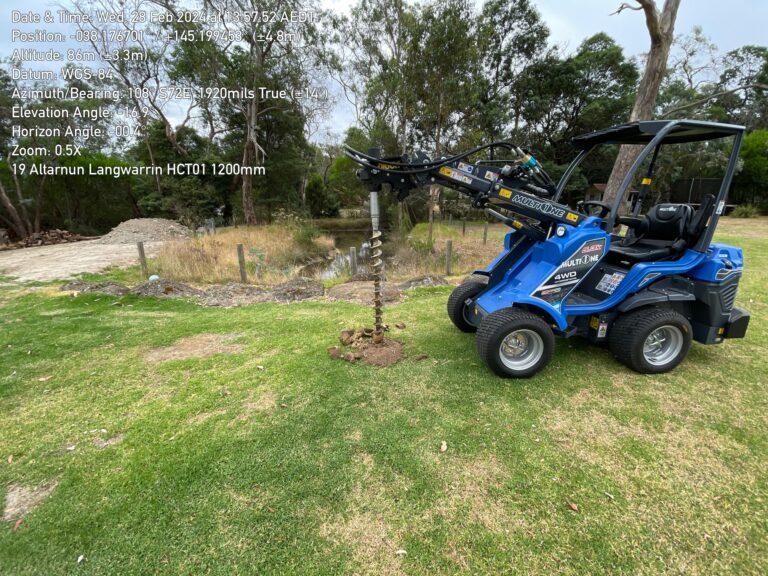Information on Land Capability Assessments (LCA) for Private Planners, Developers, Council Public Works and Business’.
Introduction
Land Capability Assessments (LCAs) are critical evaluations used to determine the suitability of a particular parcel of land for specific uses, such as the installation of septic systems. These assessments are essential for private planners, council public works departments, and businesses to ensure that developments comply with environmental regulations and do not adversely impact public health or the environment.

An LCA involves analysing various land characteristics, including soil type, topography, vegetation, and hydrology, to assess the land’s ability to sustainably manage wastewater through a septic system. The outcome of an LCA informs the design and installation of septic systems to ensure they function effectively and safely.
For effluent systems with a daily discharge under 5000 litres, local councils typically have jurisdiction over the approval process. These smaller systems are common in residential developments and small businesses. The local council will review the LCA report to ensure that the proposed septic system will not negatively affect the surrounding environment, groundwater, or public health. The council assesses factors such as soil permeability, potential for effluent runoff, and proximity to water bodies. The LCA must demonstrate that the land can absorb and treat the effluent without causing pollution or health hazards.
Effluent systems with a daily discharge exceeding 5000 litres fall under the jurisdiction of the Environmental Protection Agency (EPA) rather than the local council. These larger systems are often associated with commercial or industrial developments and require more stringent assessment due to the higher volume of effluent. The EPA’s approval process involves a more detailed and comprehensive LCA to ensure that the land can handle the larger effluent load without compromising environmental integrity. This includes more rigorous soil testing, hydrological studies, and potentially the implementation of advanced wastewater treatment technologies.
The regulatory differences between systems under 5000 litres per day and those over 5000 litres per day highlight the varying levels of oversight required for different scales of wastewater management. While local councils manage smaller systems through relatively straightforward approval processes, the EPA’s involvement in larger systems ensures that the increased environmental impact is thoroughly evaluated and mitigated. Both regulatory bodies aim to protect environmental and public health but operate at different scales of intervention based on the system’s capacity.
For private planners, council public works departments, and businesses, understanding these regulatory frameworks is crucial for compliance and successful project implementation. Engaging with qualified professionals to conduct LCAs and prepare detailed reports is essential. These reports must address all relevant regulatory requirements and provide clear evidence that the proposed septic systems will function effectively within the site’s specific conditions. By navigating these regulatory landscapes effectively, stakeholders can ensure sustainable development practices that protect both the environment and public health. Contact Chris at for a friendly chat regarding your LCA requirements or to obtain a detailed obligation free quote.
Need quote? Contact Us Here!





